Effective Template for Writing an Advocacy Letter
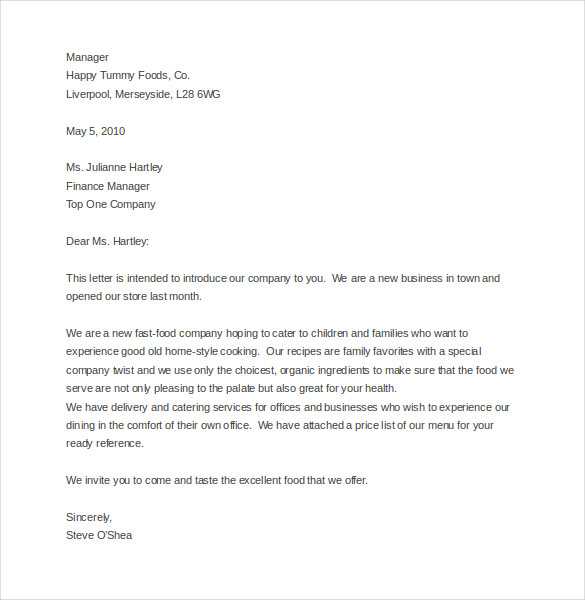
When it comes to influencing decision-makers, the way you present your case can make all the difference. Clear and structured communication is essential when advocating for a cause or requesting action. A well-crafted document can significantly enhance your chances of being heard and making an impact.
Creating a persuasive and compelling message involves more than just writing a few sentences. It requires careful thought about how to present your arguments, appeal to your audience’s values, and encourage them to take meaningful steps. By following a proven structure, you can ensure that your message is both powerful and professional.
Organization plays a critical role in making your appeal effective. A structured approach helps guide the reader through your key points and ensures your argument is coherent. Whether you’re urging lawmakers to take action or requesting support from a community leader, an organized approach maximizes the likelihood of success.
In this guide, you’ll discover how to create a compelling document that conveys your message with clarity and purpose, making it more likely that your intended outcome will be achieved.
Understanding the Purpose of an Advocacy Letter
When trying to influence a particular outcome or decision, clear and concise communication is essential. This form of correspondence is designed to make a strong case, persuade individuals in positions of power, and prompt action. Its purpose is to convey a well-organized message that highlights the urgency or importance of a specific issue, encouraging a favorable response.
Creating a Connection with the Reader
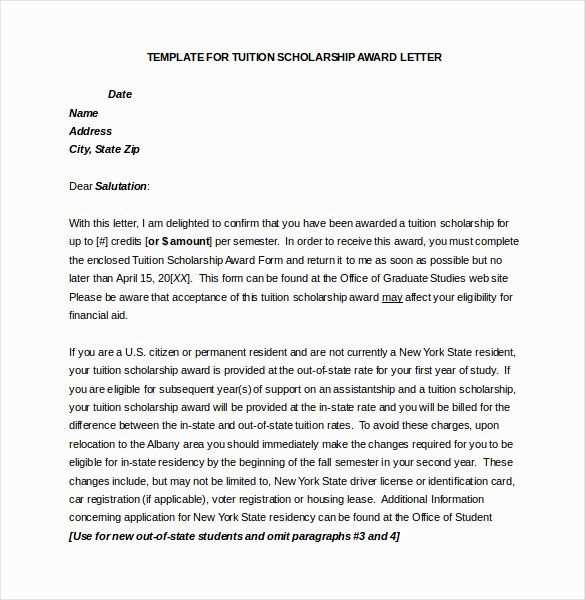
Effective communication involves more than just presenting facts. It aims to create a personal connection with the reader, appealing to their emotions or values. By aligning the message with the reader’s interests, you increase the likelihood of gaining support for your cause.
Encouraging Positive Change
Ultimately, the goal of this form of writing is to inspire action. Whether you are requesting changes in policies, supporting a particular initiative, or seeking assistance, the purpose is to motivate the recipient to take concrete steps that contribute to a positive change.
Key Elements of a Persuasive Letter
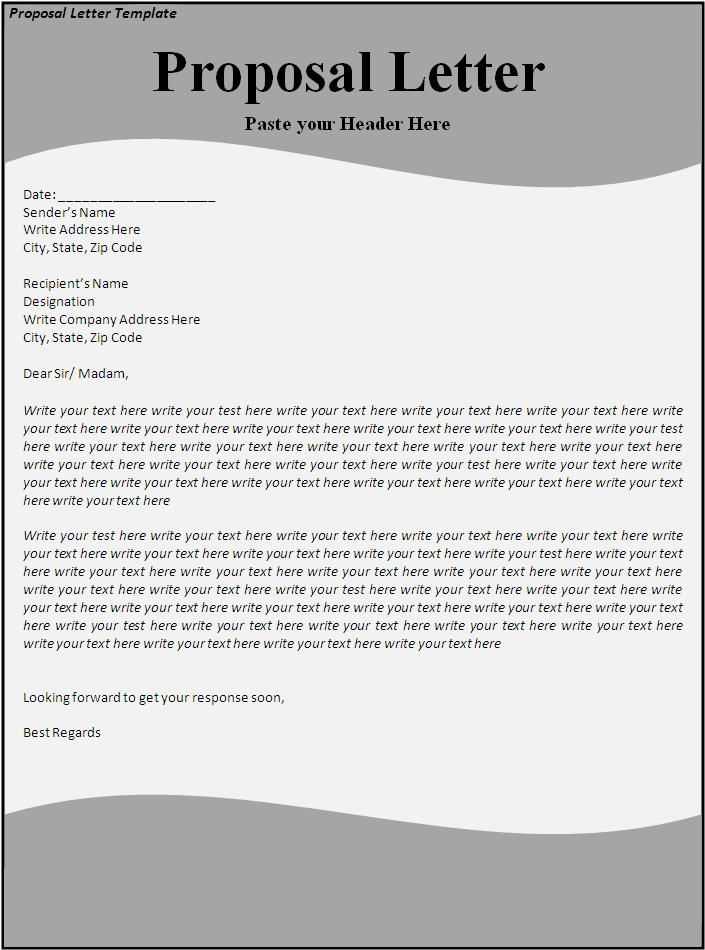
To effectively convey your message and encourage action, certain elements must be carefully crafted. Each part plays a vital role in building a compelling argument and ensuring your request is taken seriously. The structure and tone should guide the reader to understand your points and motivate them to respond positively.
Clarity is essential when crafting your message. A well-written communication should express your main points in a straightforward and understandable way. Avoiding complex language or overly technical terms makes it easier for the reader to grasp your intent and take your request into consideration.
Emotion can also significantly enhance the impact of your communication. Sharing personal stories or describing the potential positive outcomes of your request helps build a connection with the reader, appealing to their empathy and sense of responsibility.
Call to Action is a critical element. Without it, your message may fail to prompt any tangible change. Clearly state what you want the reader to do and why it is important. The action should be specific, reasonable, and achievable, making it easier for the recipient to take the necessary steps.
How to Structure Your Advocacy Letter
When crafting a compelling request, the organization of your message plays a significant role in its effectiveness. A well-structured communication allows the reader to follow your argument logically, making it easier for them to understand your position and take the desired action. The flow of your content should guide them smoothly from one point to the next, reinforcing the importance of your message.
Start with a strong introduction that clearly states your purpose. The opening should capture the reader’s attention and briefly outline the reason for your correspondence. This sets the stage for the rest of the content and encourages the reader to continue.
Next, provide background information that helps contextualize your request. Explain the issue or situation in detail, including relevant facts, data, or personal experiences that highlight the importance of the matter at hand. This section builds credibility and ensures the reader understands the full scope of the situation.
Follow this with a clear and direct call to action. Let the recipient know exactly what you want them to do, making the steps as simple and actionable as possible. A well-defined request gives the reader a clear direction, making it more likely they will respond.
Finally, conclude with a polite closing that reiterates your appreciation for their time and consideration. A strong, respectful ending reinforces your professionalism and leaves a positive impression, regardless of the outcome.
Crafting a Compelling Call to Action
One of the most crucial components of any persuasive message is a clear and actionable request. A compelling call to action (CTA) directs the reader toward a specific step they should take, providing them with a sense of purpose and urgency. It motivates the recipient to act, whether it’s signing a petition, supporting a policy change, or donating to a cause.
Be Clear and Direct
Clarity is key when making a request. The reader should not be left guessing about what they need to do. Use simple, straightforward language that leaves no room for confusion. For example, instead of saying “consider supporting,” be direct with “please support by signing this petition.” The more specific your request, the higher the chances it will be fulfilled.
Create a Sense of Urgency
To drive action, it’s essential to create a sense of urgency. Explain why the issue needs immediate attention and highlight the consequences of inaction. Phrases like “act now” or “time is running out” can push the reader to prioritize your request, motivating them to take action as soon as possible.
Common Mistakes to Avoid in Advocacy Letters
While crafting a persuasive message is essential, avoiding certain mistakes can greatly enhance the effectiveness of your communication. Simple errors can weaken your argument, confuse the reader, or even make them less inclined to take action. Being aware of these pitfalls will ensure your message is clear, professional, and impactful.
Lack of Clarity
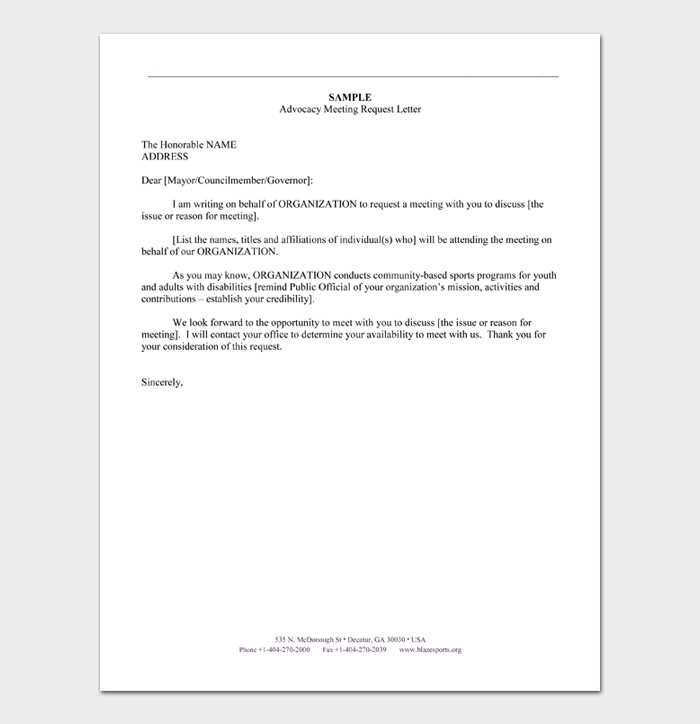
One of the most common mistakes is failing to clearly state your purpose. A vague or overly complex request may confuse the recipient, leading to inaction. To avoid this, be concise and direct in your communication. Here are some things to keep in mind:
- Ensure your request is easy to understand.
- Avoid using jargon or overly technical terms that might alienate the reader.
- Be specific about the action you want the reader to take.
Ignoring the Reader’s Interests
Another mistake is neglecting to tailor your message to the reader’s values or concerns. A generic approach that doesn’t speak to the recipient’s priorities is less likely to generate a positive response. Consider these tips:
- Research the reader’s position or interests before making your case.
- Show how the issue aligns with their goals or responsibilities.
- Use language that resonates with their values, demonstrating empathy and understanding.
Enhancing Your Letter’s Impact with Personal Stories
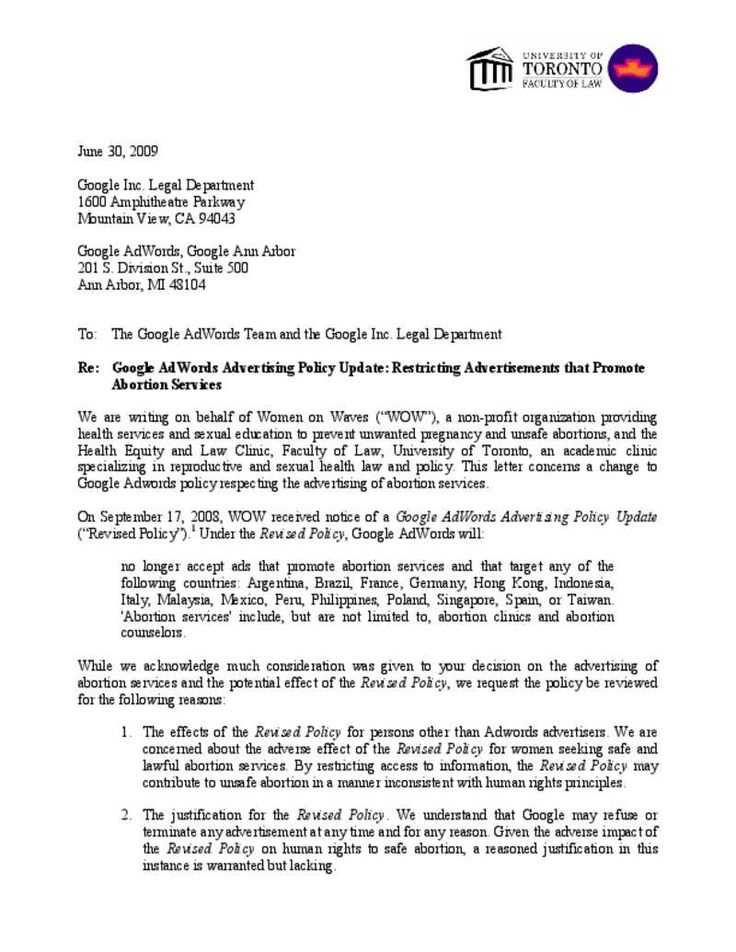
One powerful way to strengthen your message and make a lasting impression is by incorporating personal anecdotes. These stories humanize your request and create an emotional connection with the reader, making them more likely to respond. By sharing personal experiences or real-life examples, you can help the recipient understand the significance of your cause in a more relatable way.
Personal stories can bring abstract issues to life, turning them into tangible experiences that resonate with others. Whether you’re describing how a particular situation has affected you or someone else, these narratives make the message more engaging and memorable. They also add authenticity to your communication, showing that the issue at hand is not just theoretical but something that has real-world consequences.
When crafting your story, be sure to keep it relevant and concise. Focus on key moments that clearly illustrate the impact of the issue, and avoid overwhelming the reader with unnecessary details. A well-told story can serve as a compelling testament to the importance of your cause, encouraging the recipient to take action.